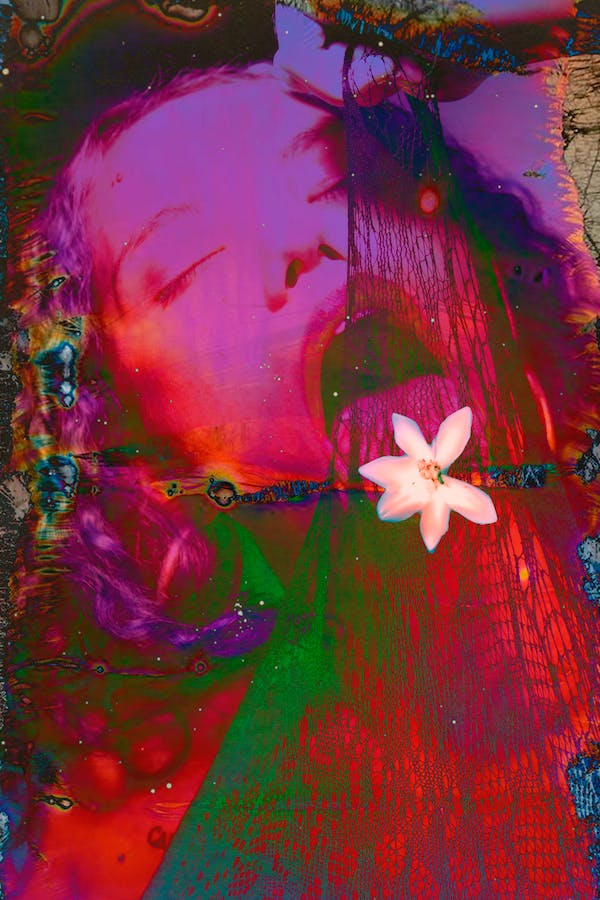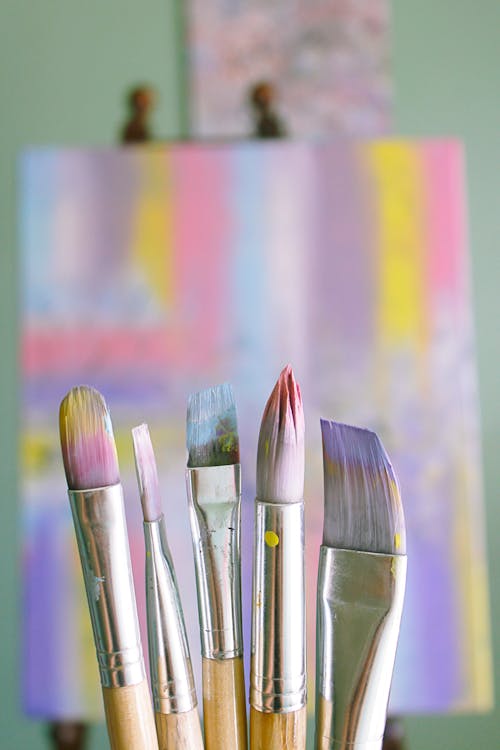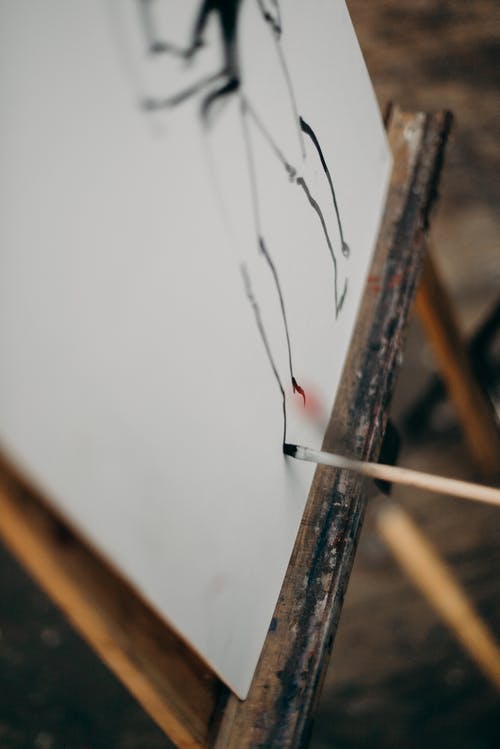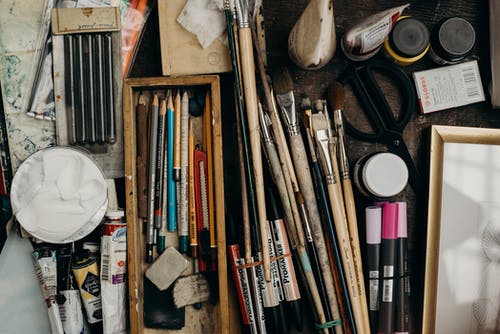In today’s fast-paced world, it can be difficult to find the time and resources to relax. Crafts provide a simple and affordable way to explore creativity and take a break from the stress of day-to-day life. Crafting for recovery can help individuals better manage their stress levels while still finding fulfillment through activity.
Crafts of all types have a variety of therapeutic benefits. Many individuals who are managing chronic illnesses and mental health conditions turn to creative activities as part of their overall recovery plan. Meditation and yoga can help quiet the mind, but crafting for recovery can help empower individuals to take control of their own mental and physical wellbeing.

Handicrafts such as pottery, knitting, crochet and woodworking are all popular craft activities. Each of these activities have individual benefits, such as low cost and reusability. Working with your hands to create something that can be reused or enjoyed can feel both cathartic and empowering.
For those looking for a slightly less intense recovery activity, coloring books, puzzles and other activities related to imaginative play can also be beneficial. Exploring creative processes can lead to a sense of relief and even help individuals reconnect with their own interests and gifts. By engaging in creative planning and problem-solving, individuals can better manage their stress levels and focus on their own healing journey.
Although the mental health benefits of crafting can be immense, it’s important to acknowledge the limitations of crafting for recovery. Crafting can be an effective activity for stress relief and creative expression, but it shouldn’t be used as a substitute for seeking professional help. If you’re feeling overwhelmed or need to talk to someone about your mental health, it’s important to seek out the resources and support available to help you manage your condition.
Crafting can serve as an important part of the recovery journey, but it should not be seen as a panacea. It’s essential to stay connected to other forms of support and remember to take care of your own mental health, even when focusing on your recovery plan. Crafting can help you find a sense of inner peace and can provide a sense of accomplishment that you don’t get with other activities.
Crafting for recovery can offer individuals a creative outlet to explore their interests and find solace in their endeavors. With a little exploration and patience, crafting can be a powerful tool to reconnect with parts of yourself and better manage your stress and emotions. Through creative expression, individuals can reclaim control over their lives, wellbeing and overall happiness.








